- Stunning interior in design and quality
- Practical despite svelte dimensions
- Excellent ride and handling
- Comfortably more expensive than rivals
- Service pricing is expensive too
- No AWD version for those who want it
We’re big fans of the modern Peugeot range here at DiscoverAuto. Formerly ugly ducklings, the new range of PSA cars are massive improvements in quality, performance, technology and – based on a recent JD Power European survey – reliability as well. The product that has seen the biggest sales increase – and it’s sold over one million since 2016 – is the 3008 SUV, which remains the company’s largest selling car in Australia. The company has recently launched a new top-spec 3008 locally, so what is the 2021 Peugeot 3008 GT Sport like? Let’s find out.
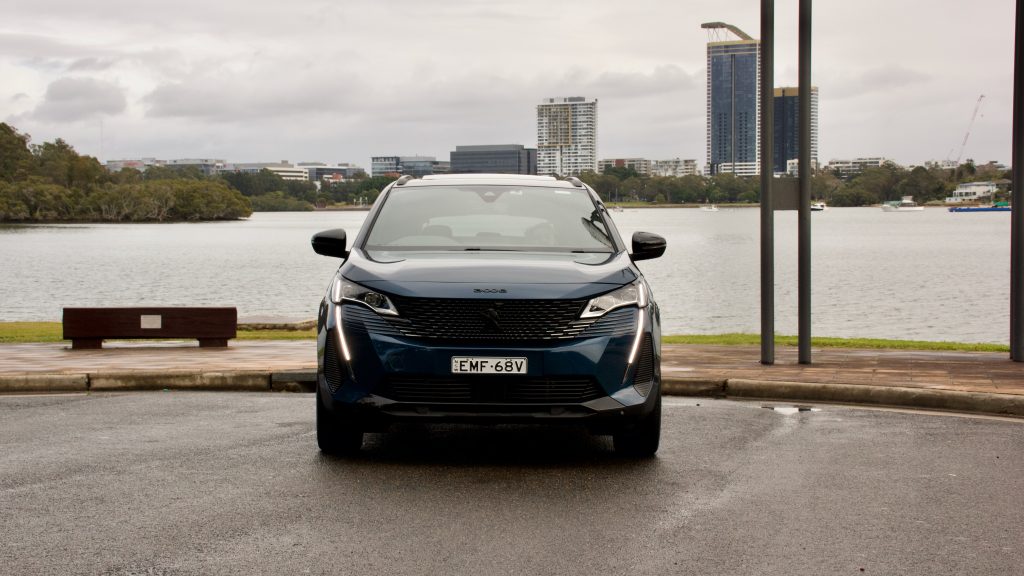
We tested the 3008 and its seven-seat 5008 sibling recently at the Australian media launch, but due to horrendous weather conditions, we were really steering and not driving the cars. We’ve been lucky enough to test the whole 3008 and 5008 ranges in our usual regime and spoiler alert: these are wonderful cars that deserve so much more success in Australia.
Price & Equipment: 7/10
While pricing for the 2021 Peugeot 3008 range starts at $44,990 plus on-road costs for the entry-level Allure, we tested the new top-spec (for now) GT Sport, which is priced at $54,990 plus on-road costs (around $60,000 drive away, depending on state). It’s not a cheap car, but it is comprehensively equipped as standard – just a panoramic sunroof and colour choices are available optionally on the GT Sport.
Standard kit on the 3008 GT Sport includes 19-inch alloy wheels, all-LED lighting (including front and rear daytime running lights), auto lights and wipers, a 10-inch touchscreen with wired Apple CarPlay and Android Auto, digital radio, satellite navigation, a 515-watt 10-speaker Focal sound system, dual-zone climate control, wireless phone charging, Nappa leather upholstery, an electrically adjustable driver’s seat with both memory and massage functionality, heated front seats, selectable driving modes, keyless entry and start with a kick-to-open electric tailgate and a 12.3-inch digital driver’s display that Peugeot calls ‘i-Cockpit’.
Safety kit includes six airbags, auto emergency braking (AEB) with day and night pedestrian and cyclist detection, adaptive cruise control with stop and go functionality, lane departure warning with lane trace assist, auto high beam, blind-spot monitoring with rear cross-traffic alert, front and rear parking sensors with a 360-degree effect parking camera, driver attention monitoring and speed sign recognition.
Just two options are available: a $1,990 panoramic sunroof and premium paint, which ranges from $690 for ‘Platinum Grey’, ‘Nera Black’ and ‘Artense Grey’ to $1,050 for ‘Ultimate Red’, ‘Pearl White’ and ‘Vertigo Blue’. The ‘Celebes Blue’ of our test car is the only no-cost colour choice.
Competitors to the 3008 include a huge plethora of mid-size SUVs, but we think the Volkswagen Tiguan and Skoda Karoq are the closest in both size and feel to the Peugeot. Both these rivals are positioned as slightly more premium than the mainstream mid-size SUV set and while they use the same platform, all-wheel drive system and engine, the Tiguan 162TSI is more powerful than both the Karoq and 3008 at 162kW. The Karoq 140TSI exists only in Sportline spec in Australia, and it’s definitely a sportier option in this segment.
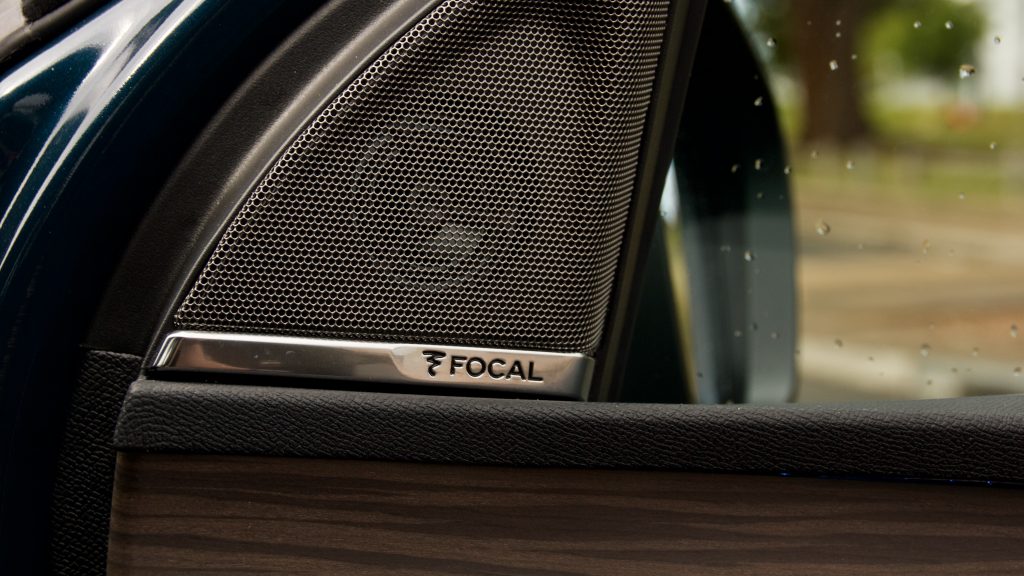
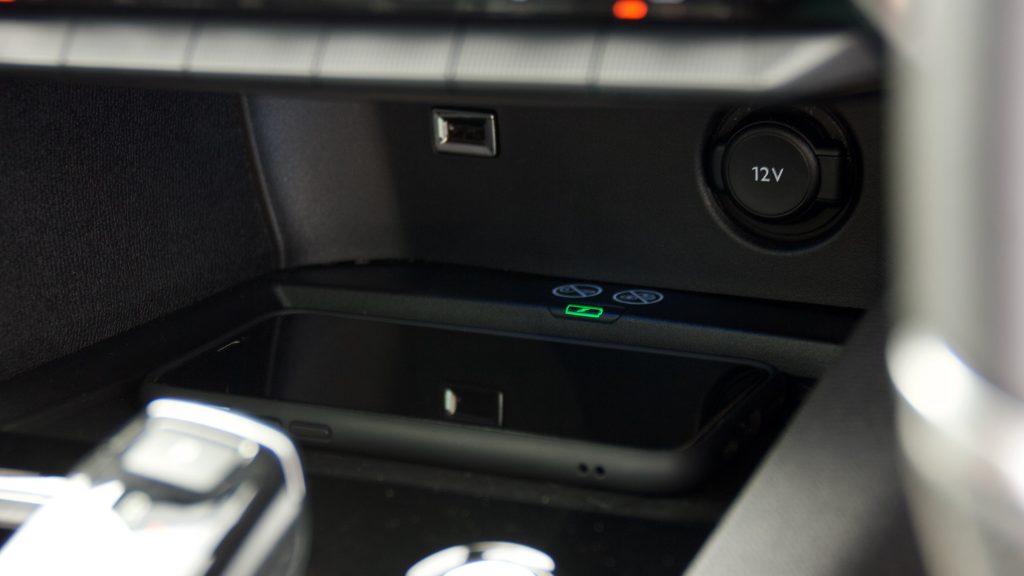
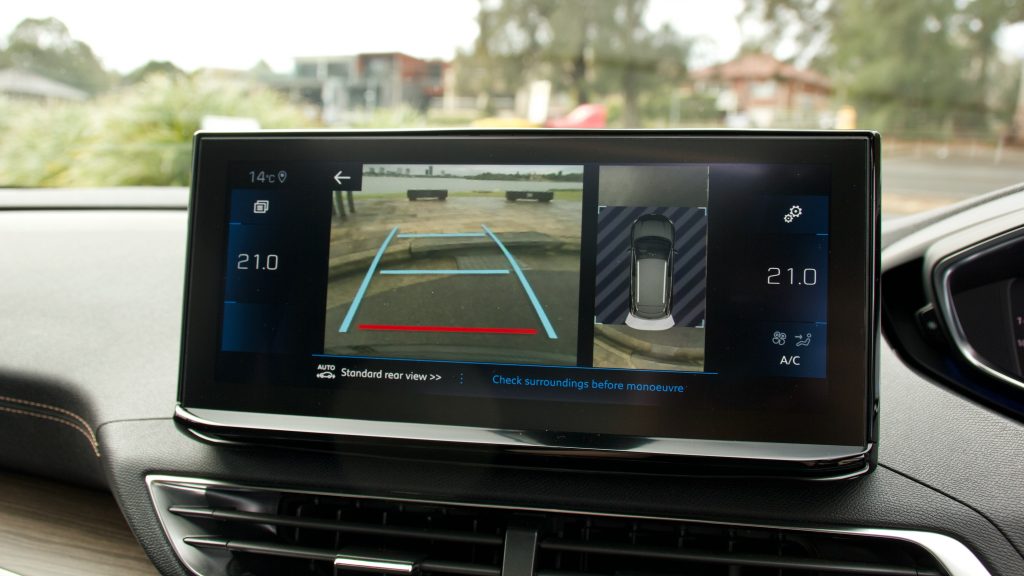
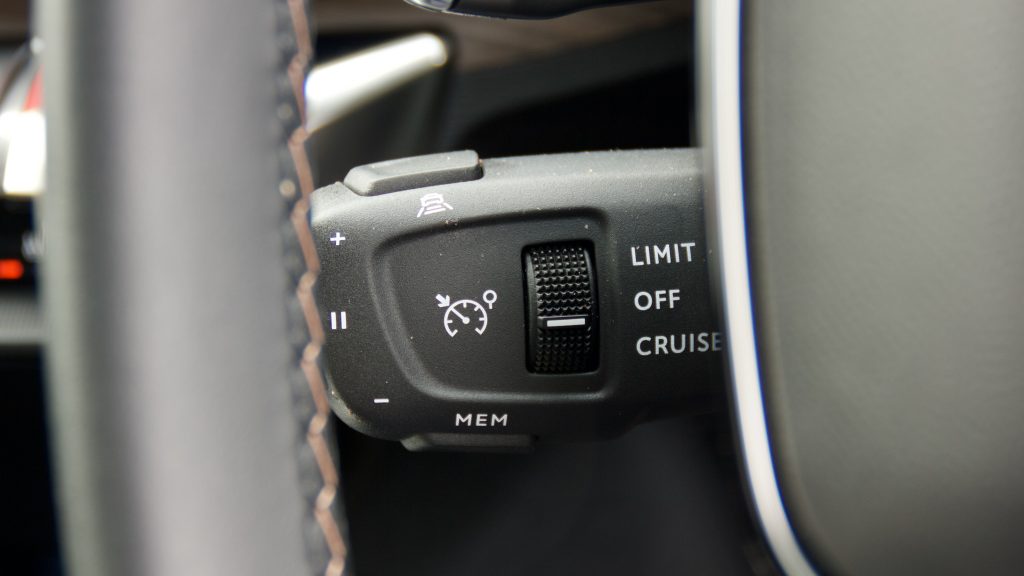
But a fully-loaded Karoq Sportline won’t push much past $55,000 drive away, and a similarly-equipped Tiguan Elegance 162TSI is around $500 cheaper than the Peugeot. While the Peugeot’s fit and finish is higher than both the Skoda and Volkswagen, it doesn’t feature all-wheel drive, nor can it be equipped with equipment available on either one or both its Volkswagen Group rivals such as heated rear seats and a heated steering wheel, automatic rear braking, Matrix headlights, switchable mood lighting, adaptive dampers, tri-zone climate control, a driver’s knee airbag and so on. Of course, the Peugeot does give you a massaging driver’s seat, Nappa leather upholstery and front and rear daytime running lights – but it does look expensive in comparison.
Performance & Economy: 9/10
While it may sound familiar, the 2021 Peugeot 3008 GT Sport uses a 1.6-litre turbocharged four-cylinder petrol engine. Why is it familiar? Well, the lower-spec 3008 Allure and GT also use a 1.6-litre turbo petrol engine, albeit an older, lower-powered and higher emissions emitting one. The Allure and GT use a 121kW/240Nm 1.6T – the GT Sport bumps those numbers to 133kW and 250Nm, which is healthier. In addition to that, the GT Sport uses an eight-speed automatic transmission – two more gears than the Allure and GT.
It’s this auto, the addition of a stop-start system and a newer design that gives the GT Sport a significant boost in fuel economy – the Allure uses 7.0L/100km combined, yet the GT Sport uses just 5.6L/100km despite its extra performance, which is almost diesel-like. We were able to get close to that figure as well – in our testing, we used 6.2L/100km combined (including a 4.9L/100km highway reading). All 3008s feature a 53-litre fuel tank and use a minimum of 95RON premium unleaded.
The newer drivetrain is also more drivable than the 121kW version, largely thanks to a more intuitive transmission. The six-speed in the Allure and GT is fine, but the newer eight-speed is more responsive and putting the car into eco mode means it will happily coast when you’re not accelerating or braking as well.
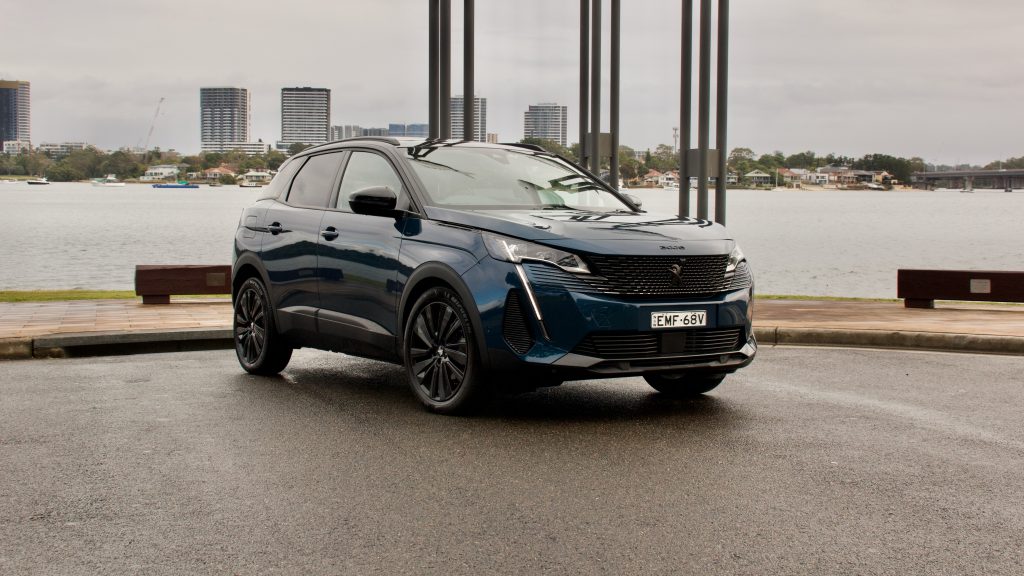
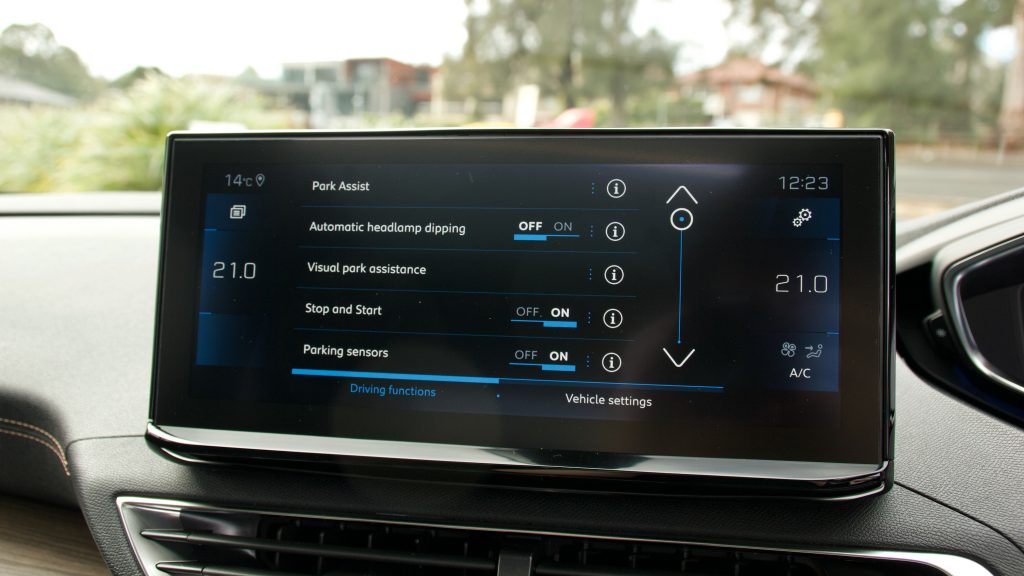
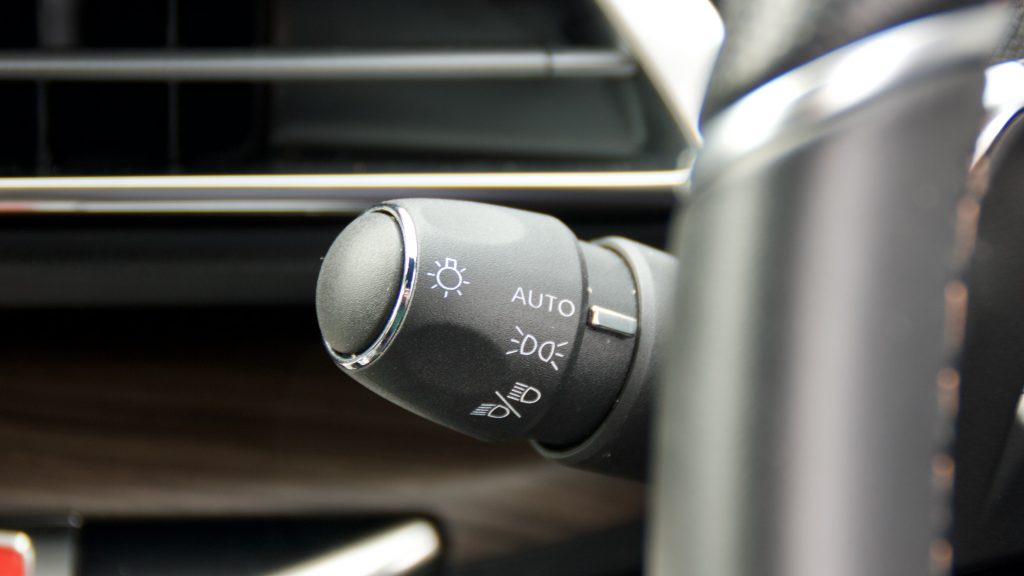
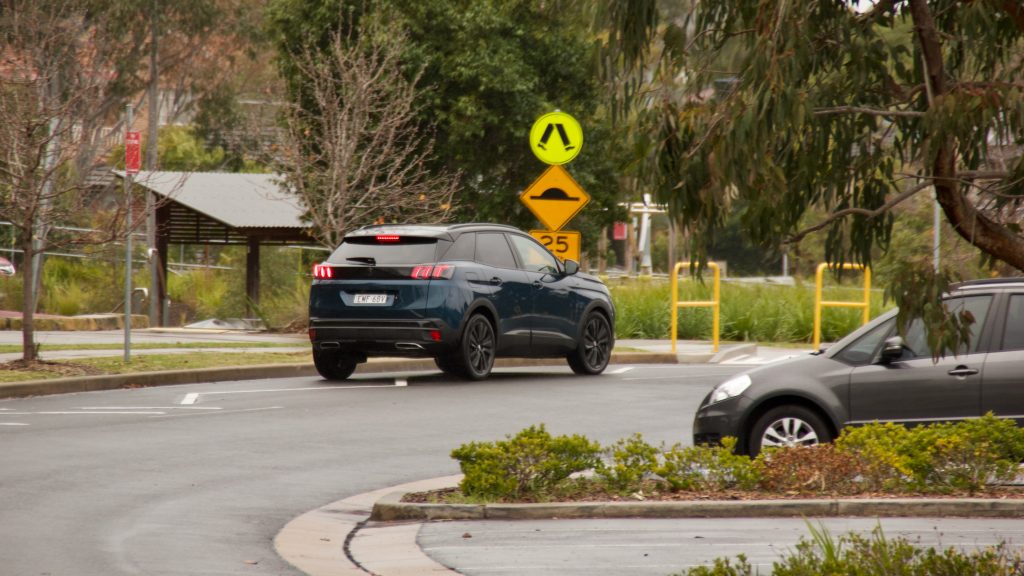
The engine itself is a definite improvement on the lower-powered 1.6T. Its 10Nm boost may not seem like much, but thanks to shorter gearing, it does feel quicker – especially in regular driving. The 0-100km/h sprint claim drops 1.1 seconds to 8.8 versus the Allure and GT, but it’s not hot hatch quick like the Karoq 140TSI and Tiguan 162TSI – the Karoq hits the tonne in 7.3 seconds and the Tiguan half a second quicker at 6.8. In fact, we’re left wondering why Peugeot didn’t use the 165kW tune of this engine in the 3008 as the chassis is excellent and could easily cope with more power.
Coming later in 2021 is the plug-in hybrid 3008 range, which will produce 225kW thanks to the same 1.6T as the GT Sport, but combined with two electric motors. It hits 100km/h in just 5.9 seconds. We’re greatly looking forward to that.
Ride & Handling: 9/10
Based on Peugeot Citroen’s ‘EMP2’ platform, the 3008 – and its 5008 sibling, as well as the Citroen C5 Aircross and the Opel/Vauxhall Grandland – uses a traditional multi-link front/torsion beam rear suspension set up. This looks positively old-fashioned against the multi-link set up of the Karoq and Tiguan, and torsion beams traditionally ride worse than more advanced set ups, but the French love the torsion beam and it shows in how well-tuned the 3008’s ride is.
Even on the large 19-inch wheels of the GT Sport variant, which is the sportiest 3008, the urban ride quality is excellent. Even larger bumps simply do not phase the 3008 and it feels solid, no matter how rubbish the road is. Particularly impressive is its ability to settle quickly after even a large bump and on country roads, the 3008 is even better with a solid and planted feel.
The 3008 rides well but it’s also a respectable handler as well. It doesn’t quite hit the highs of the Tiguan 162TSI R-Line, but it’s also more comfortable around town. It also doesn’t feature adaptive dampers, unlike its VW Group competitors, which we think adds to the simple drivetrain feel of the 3008 – its low 1,371kg tare weight is 230kg less than the Tiguan 162TSI.
Get on a good country road and the 3008 is actually quite fun to drive. The Michelin tyres are grippy, and the taught suspension adds to the fun time. The lack of all-wheel drive can be annoying thanks to a touch of torque steer, but it’s definitely not needed for the majority of buyers. If you do need AWD, it will be coming with the 3008 plug-in hybrid, which is due to launch later this year – the PHEV will also add independent rear suspension.
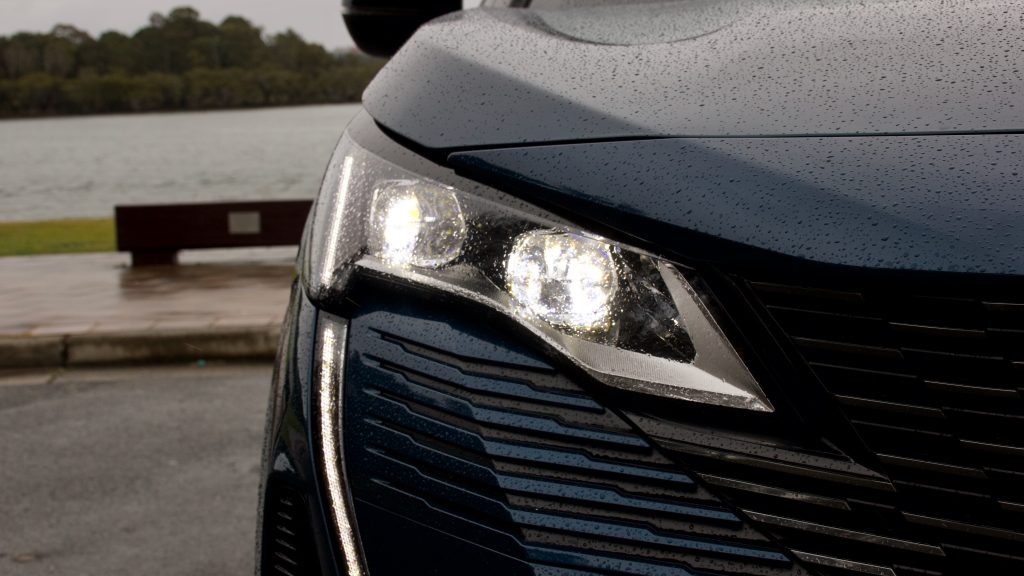
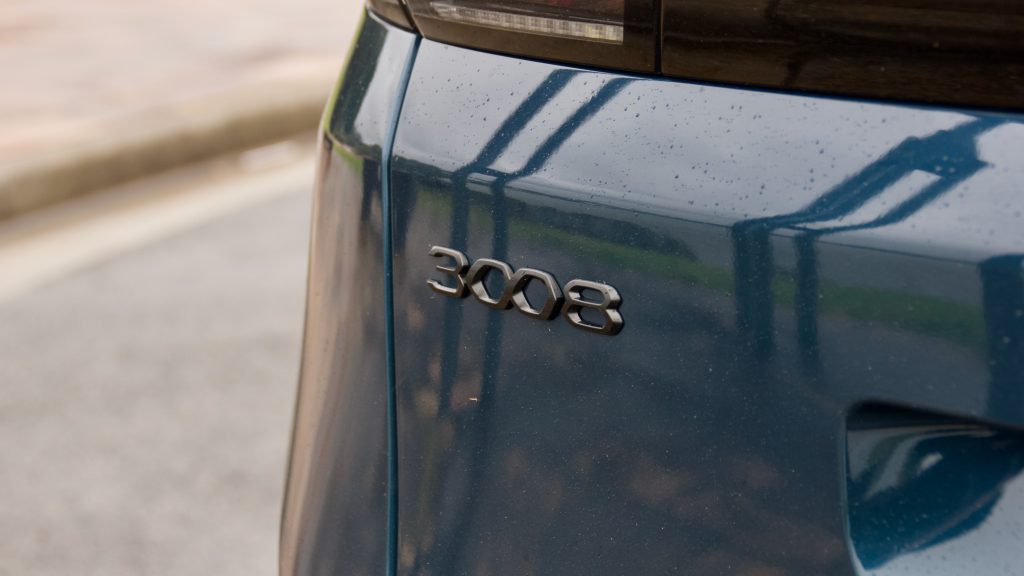
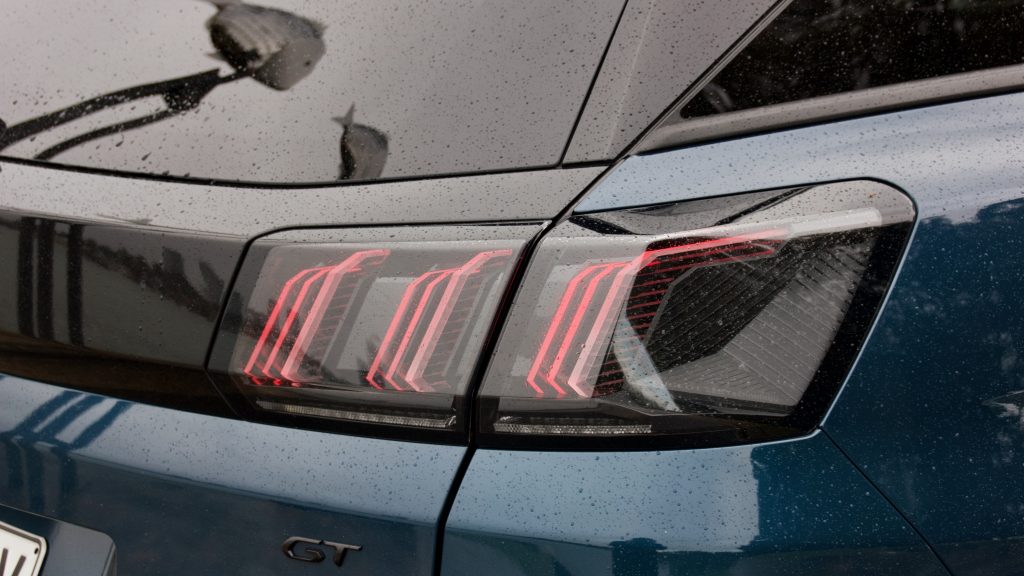
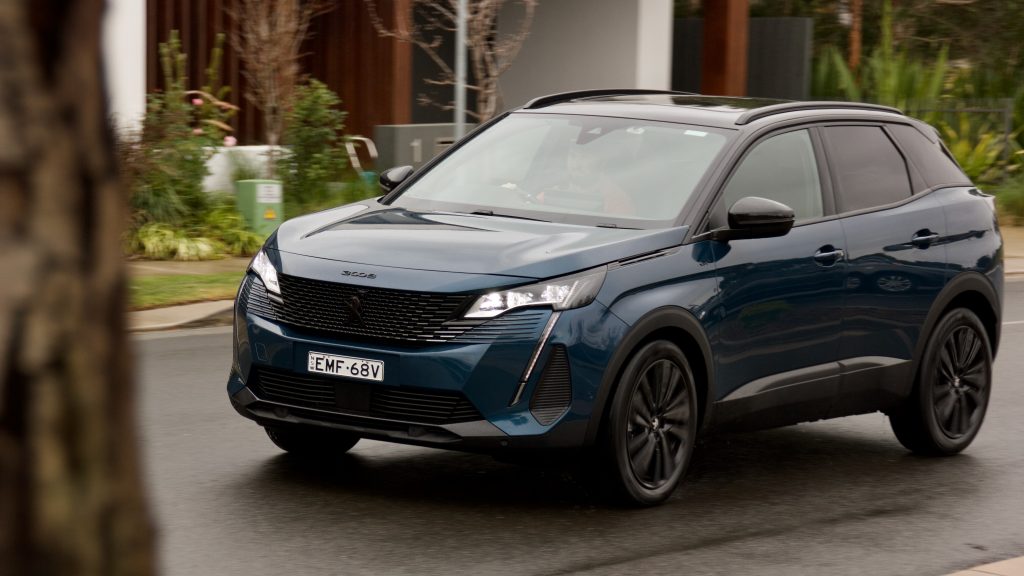
The steering is particularly nice too with a well-weighted feel, and a quick rack making it feel quite nimble. The smaller steering wheel can take time to get used to, but it just adds to the go-kart feel of the 3008’s chassis. Road noise levels are also relatively low, and visibility is good thanks to large windows and a relatively boxy rear end.
Interior & Practicality: 9.5/10
Despite launching five years ago, inside the 2021 Peugeot 3008 GT Sport is fresh and still offers the most interesting design in the mid-size SUV segment. The quality is fantastic as well, with liberal use of soft-touch plastics, sumptuous Nappa leather, appealing wood and lots of funky touches, such as the piano keys underneath the touchscreen. Put simply, the quality inside the 3008 is best in class, and it’s a testament to how hard Peugeot has worked on its quality over the past five years.
Peugeot’s ‘i-Cockpit’ digital driver’s display caused some controversy thanks to its unusual layout with the dials mounted above the small steering wheel. This writer quite likes it – the high positioning negates the need to have a heads-up display as the screen is mounted within your line of sight – but people shorter than my six-foot frame may not. The screen itself is crisp and it also features a map if you want it – it’s configurable with many different screen views.
Centre of the 3008’s cabin is a newly-enlarged 10-inch touchscreen that features wired Apple CarPlay and Android Auto, as well as satellite navigation and digital radio. Unlike the pre-updated 3008’s smaller 8.0-inch screen, the new version shows the set temperature on each side of the main audio display – you still annoyingly have to go into another menu to change it, though. The screen’s resolution could be sharper as well, and every control requires a hard press. But worst of all is the grainy 360-degree parking camera, which looks positively cartoonish. Screen quality and ergonomics are definitely better in the Karoq and Tiguan.
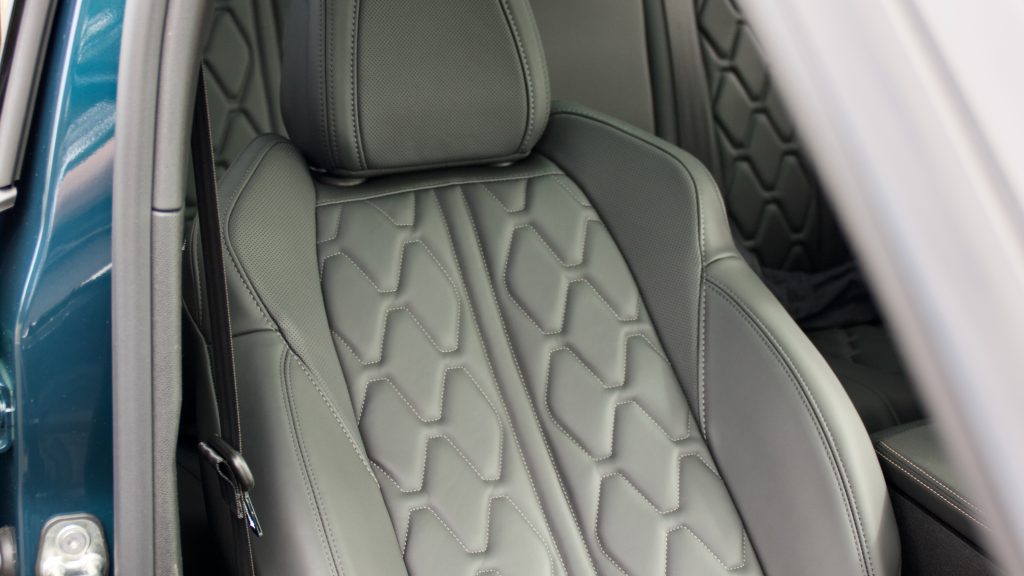
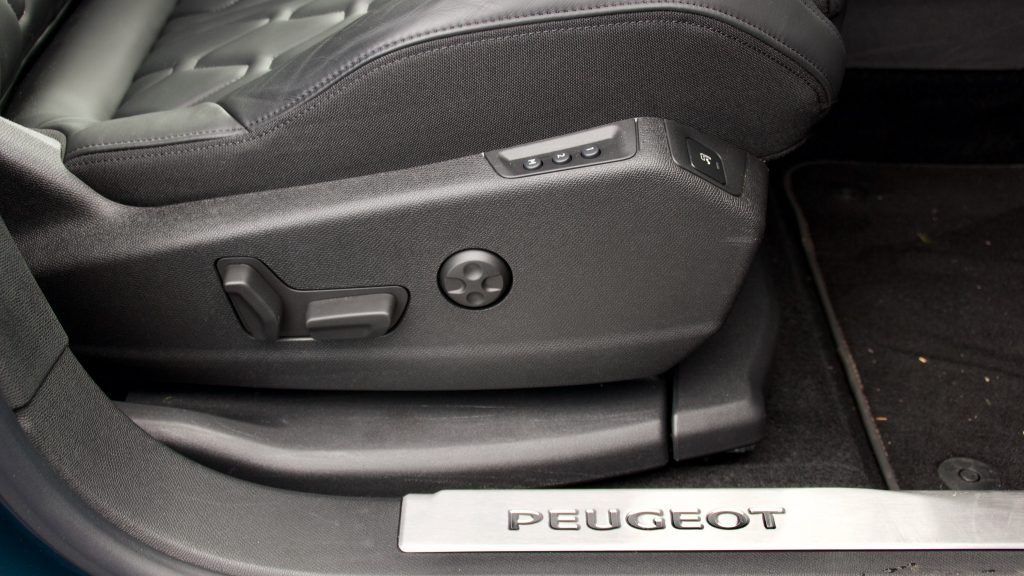
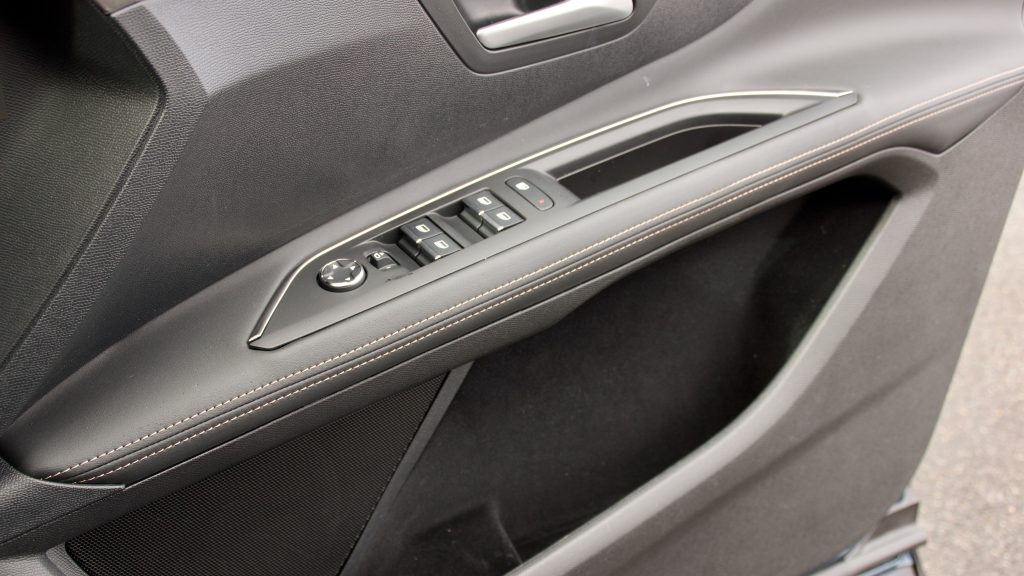
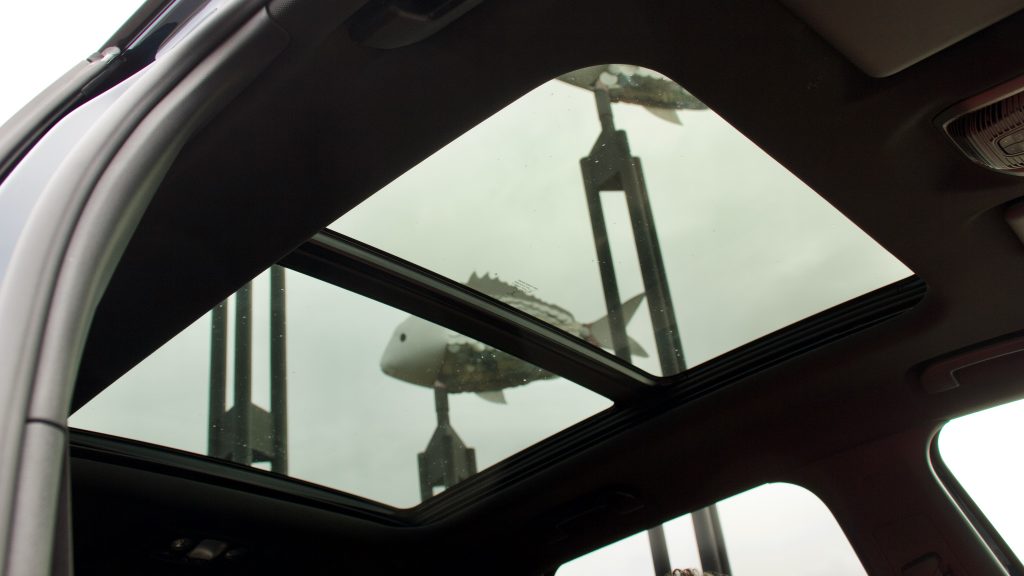
The rest of the 3008’s cabin is positive though. Unlike a lot of past French cars, it’s actually quite a practical space. There are reasonable cupholders, a large tray area under the screen with a wireless phone charging spot, a huge centre console bin, large flock-lined door bins and the typically-small right-hand drive conversion glovebox. Seriously Peugeot, when are you going to sort that out? We who drive on the right-hand side of the car use our gloveboxes too!
The rear seat of the 3008 is not massive – a Tiguan is definitely roomier – but it’s more than big enough for two adults with ample headroom. Legroom is a touch tight compared to the larger Tiguan, but six-footers will be fine behind each other. The rear seat also features a centre arm rest, air vents, two USB-C ports, a 12V socket, the same flock-lined door bins as the front and two map pockets.
The boot of the 2021 Peugeot 3008 is huge at 591-litres. Folding the rear seats down flat unlocks 1,670L of space – 15L larger than the 1,655L figure of the Tiguan. The boot is also well featured with hooks, a 12V socket and a dual-layer boot floor. Under the floor is a space-saver spare.
Service & Warranty: 7/10
As with other Peugeot products in Australia, the 2021 Peugeot 3008 GT Sport comes with a five-year/unlimited km warranty with five years of roadside assistance, which is better than most other five year warranties as they don’t offer roadside assistance for the duration of the warranty – Skoda and Volkswagen are in this boat, for example.
The warranty is positive, as are the service intervals: once yearly or every 20,000km, which is longer than the 15,000km km intervals of the Volkswagen Group cousins. But the service costs over that time aren’t small – over five years or 100,000km (whichever comes first), the 3008 costs $2,639 to service ($527 each service).
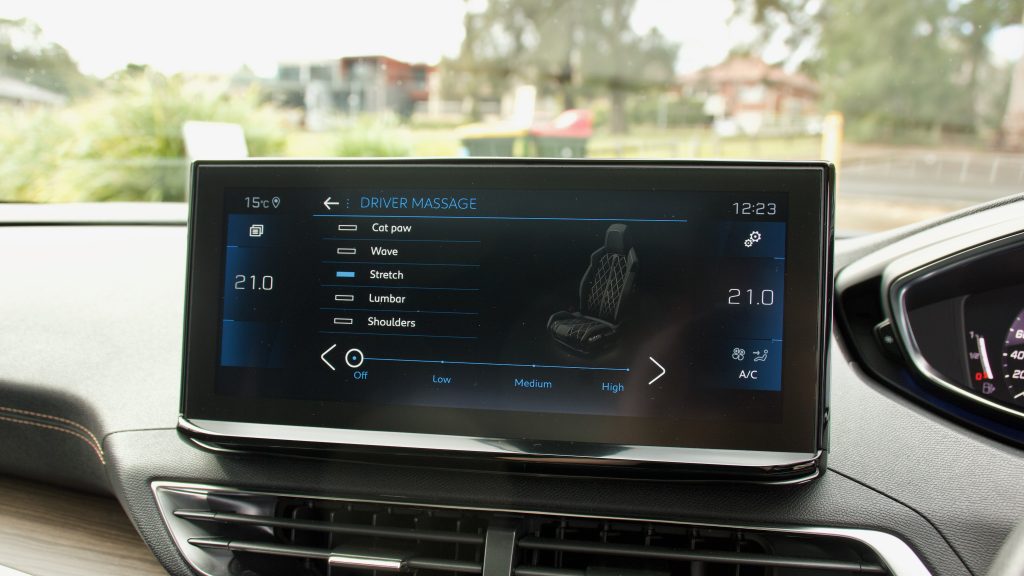
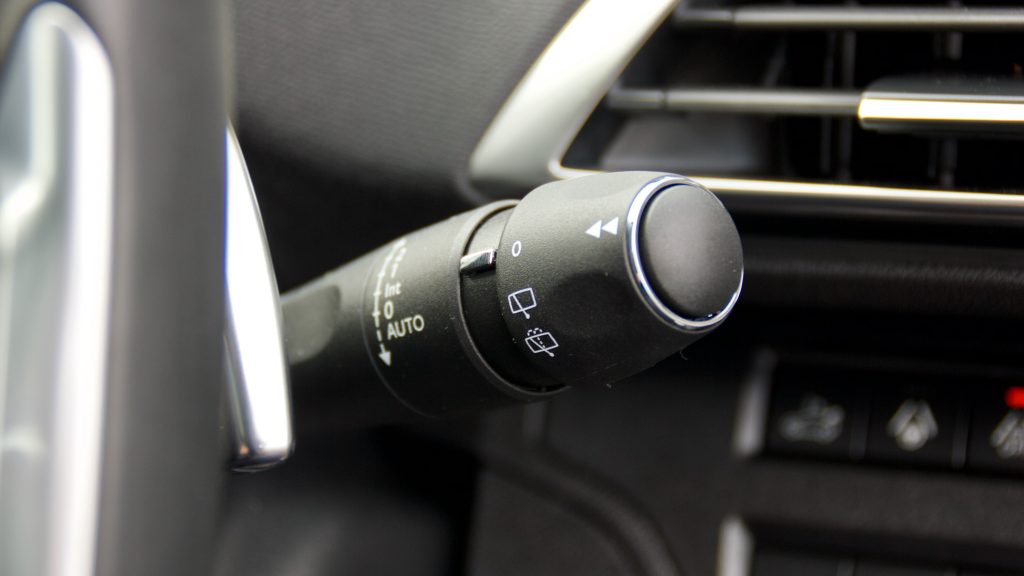
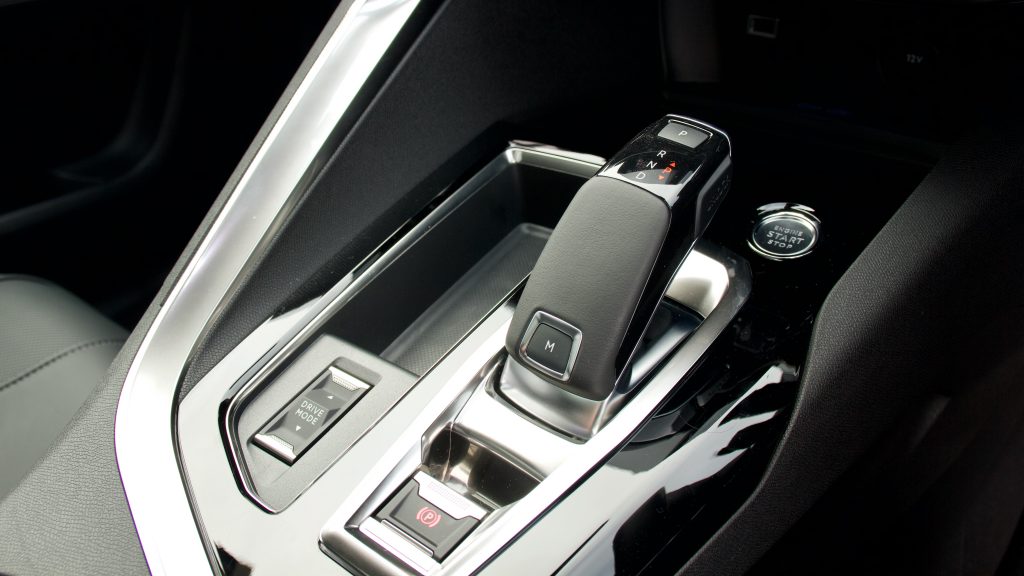
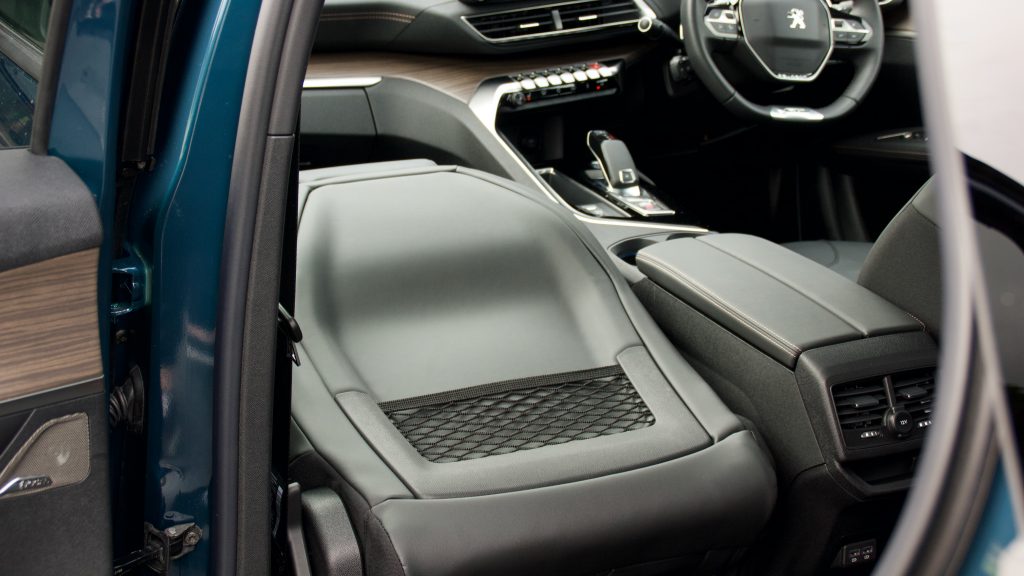
While the 3008 isn’t cheap to own, things are worse at your local VW dealer. A Tiguan 162TSI costs an insane $3,708 over the same time period – but with shorter intervals. You can lessen that cost slightly by choosing a five-year service pack at time of purchase, which costs $2,700.
The Karoq costs $2,591 over five years/75,000km ($518 per service) – not cheap, but a lot less than the Tiguan with the same drivetrain. Like the Tiguan, the Karoq can be had with a five-year service pack that lessens costs significantly; a five-year pack is just $1,400 and you get five years of roadside assistance with that as well.
The 2021 Peugeot 3008 GT Sport DiscoverAuto Rating: 8.3/10
Now that we’ve had more time with the 2021 Peugeot 3008 GT Sport, our thoughts as to its quality and excellence in the mid-size SUV segment have been confirmed. It offers best-in-class quality with a genuinely exciting interior design, wonderful dynamics with a well-sorted ride, a reasonable new drivetrain that can be quite efficient, a long standard equipment list and handsome styling that would take home the crown in a mid-size SUV beauty contest (if such a thing were to exist).
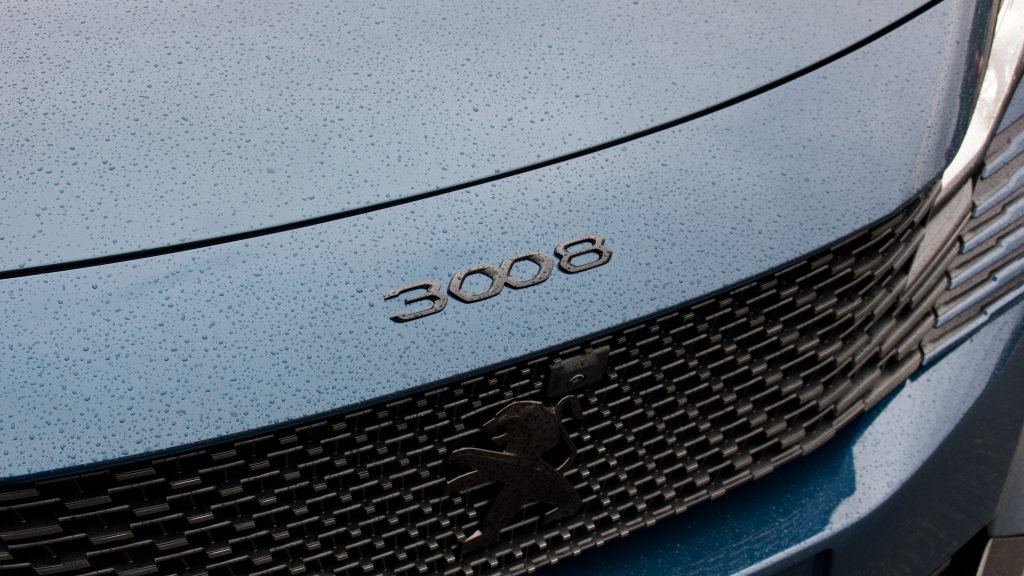
Our only issues with the car lie with the lacklustre screen quality and its value equation. It’s very well equipped, but it’s also quite expensive and while Peugeot Cars Australia is aiming for a semi-premium image, we think that cutting around $3-5,000 off the price would do wonders for its sales. Its service pricing – albeit much less than a Tiguan – is also too expensive and more options for buyers such as pre-purchased service packs would do well in helping customer choice. But these issues aside, the 3008 is a great car that – we’ll say it again – deserves to sell much stronger in Australia.
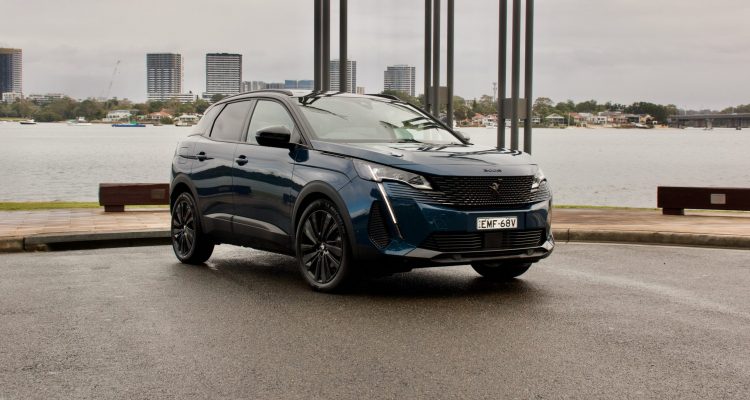
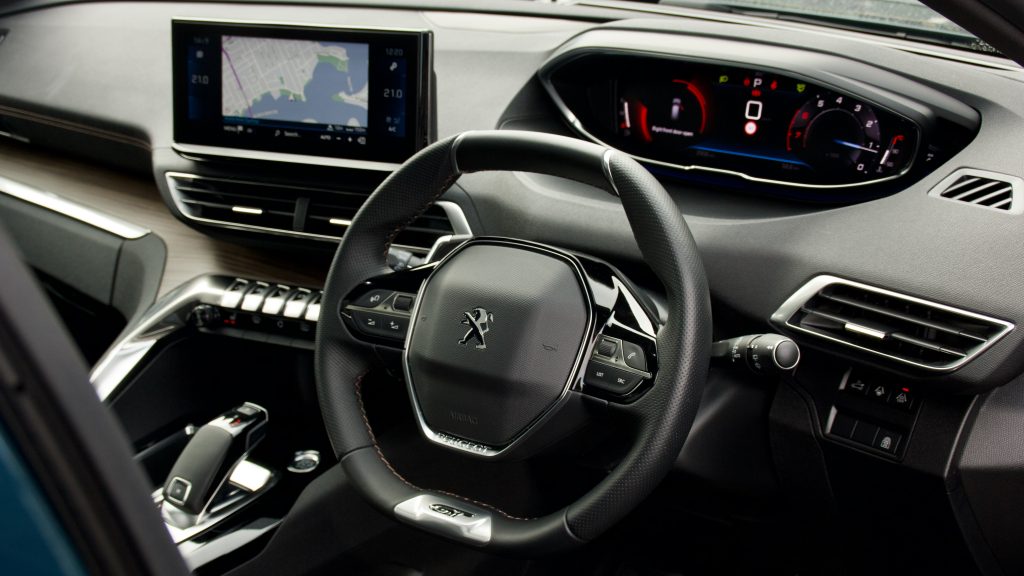
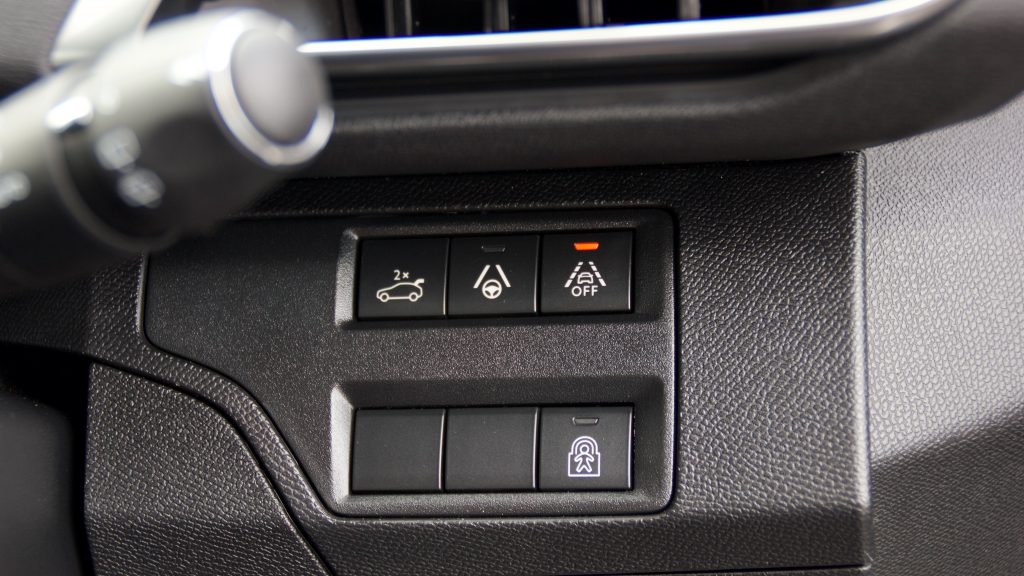
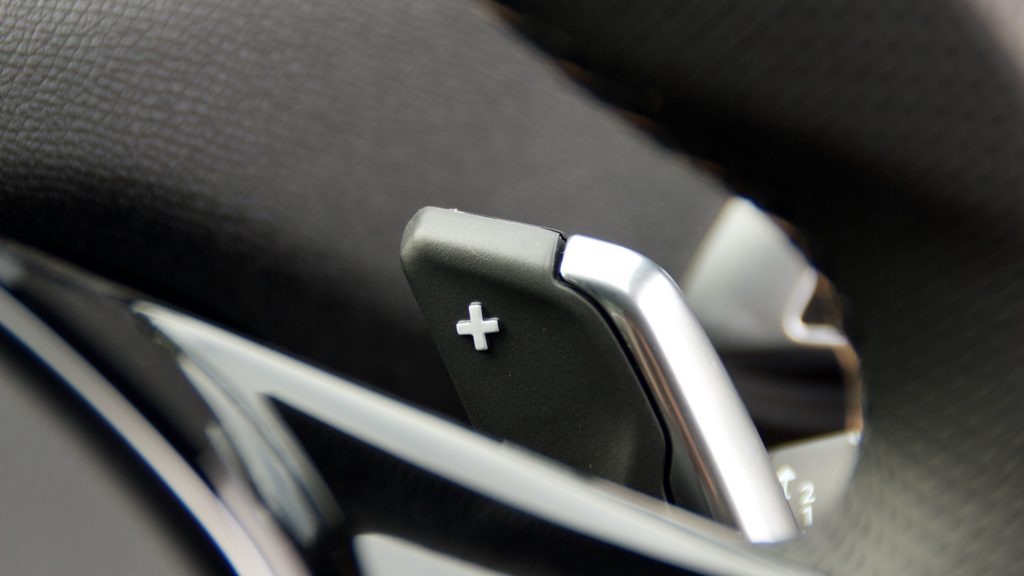
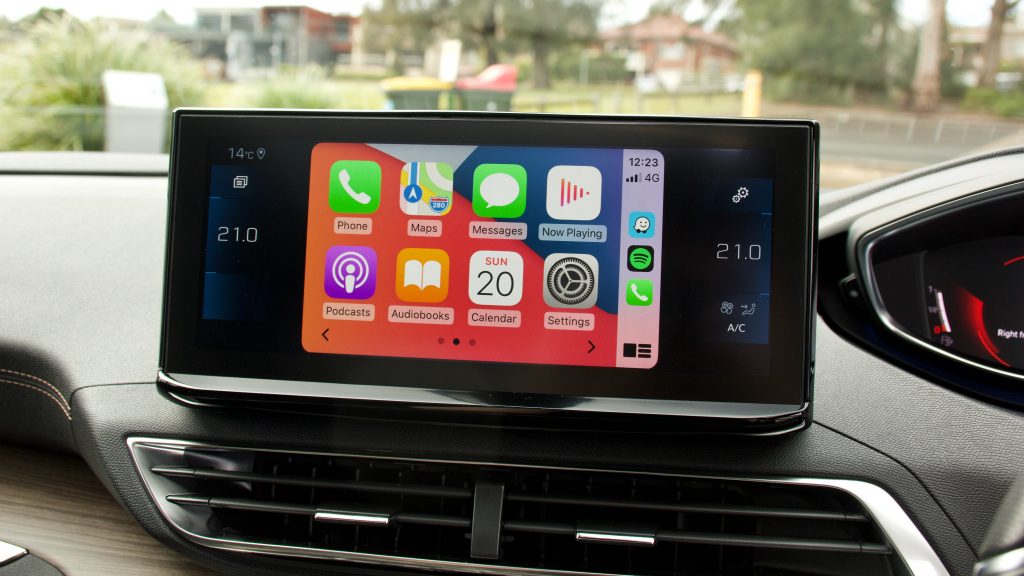
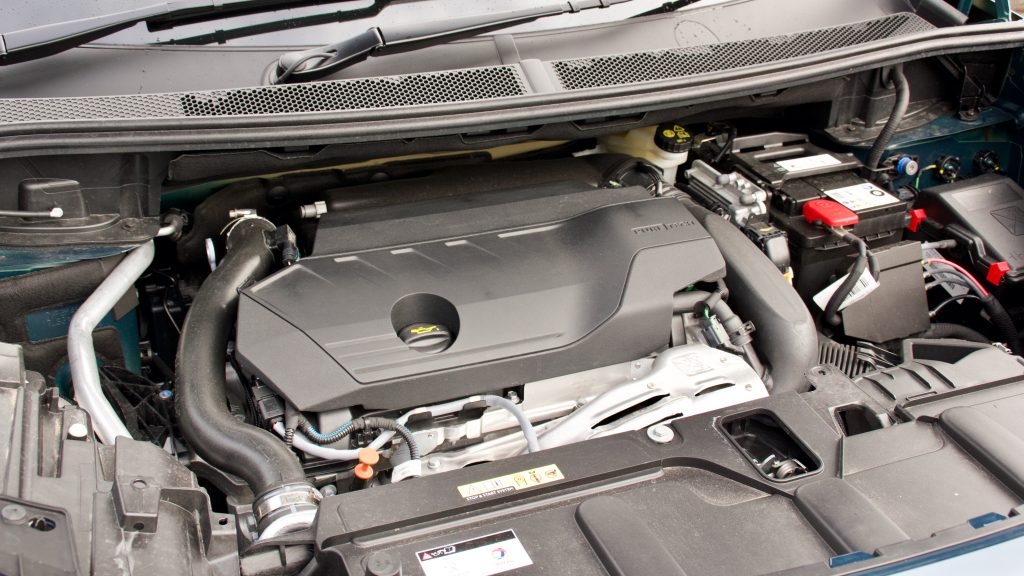
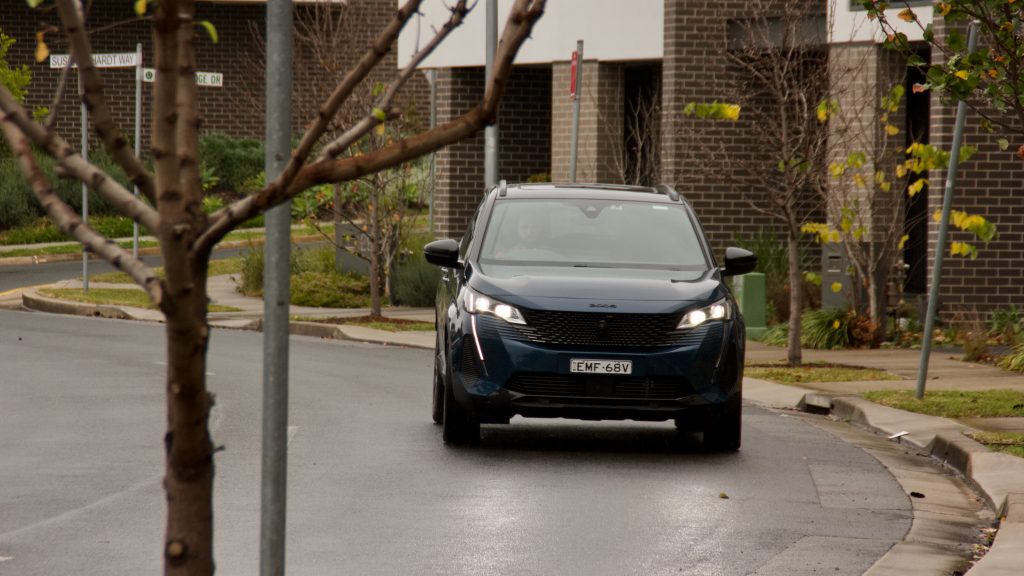
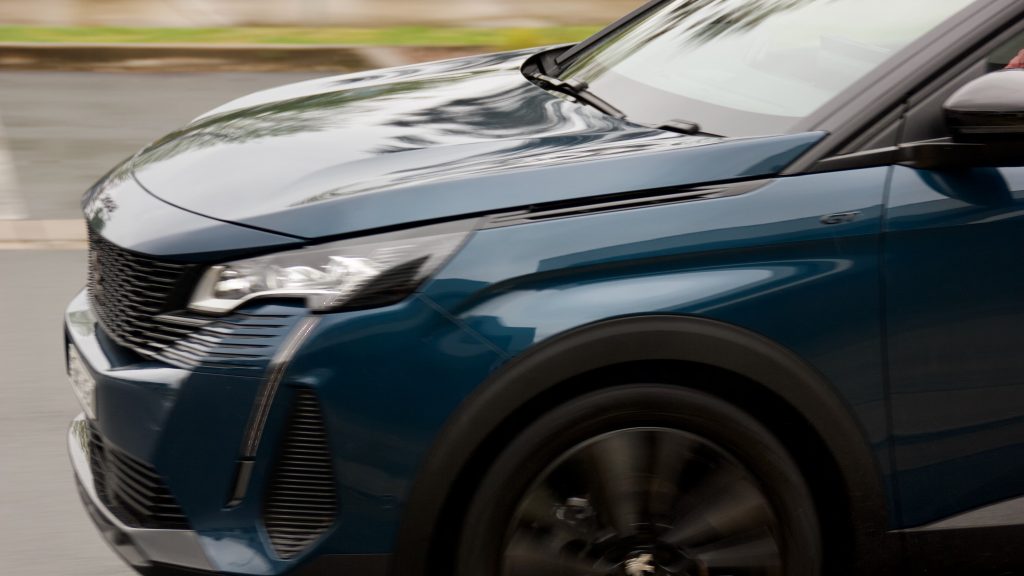
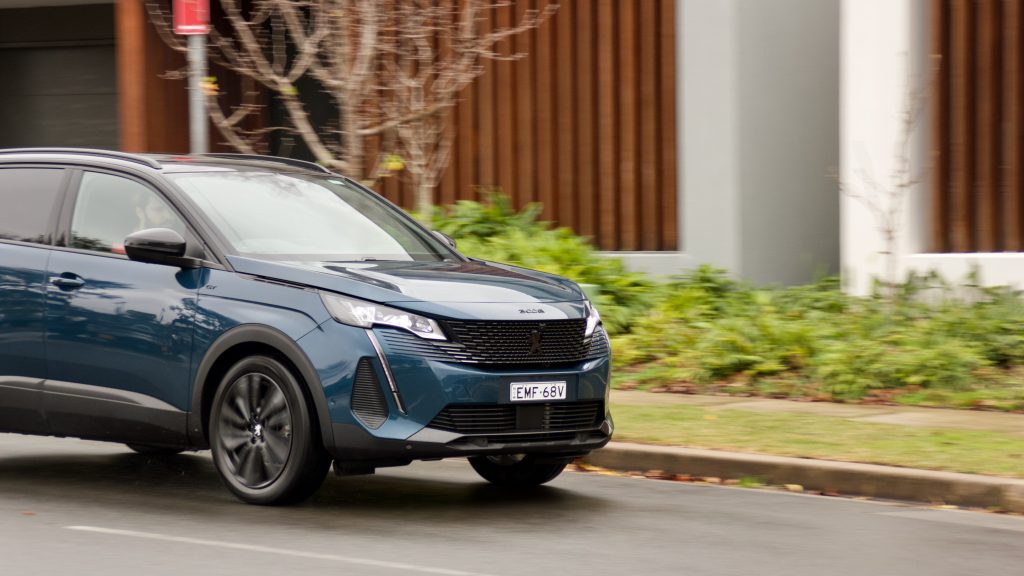
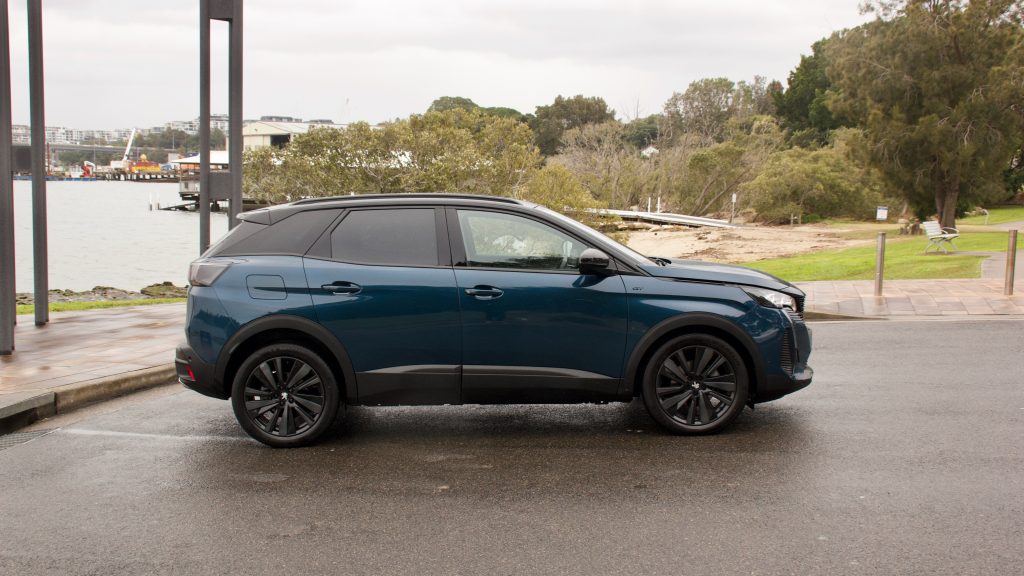
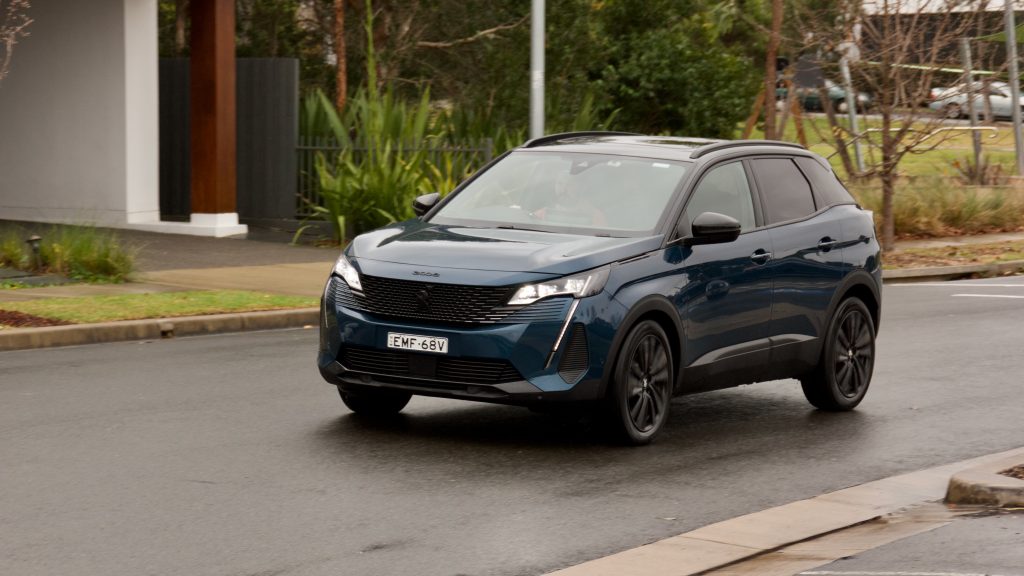
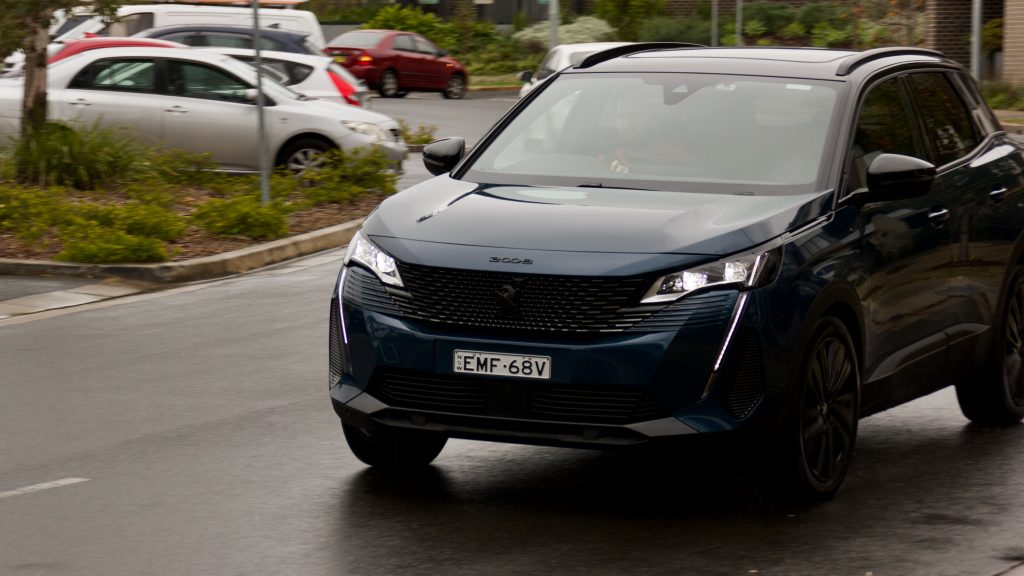
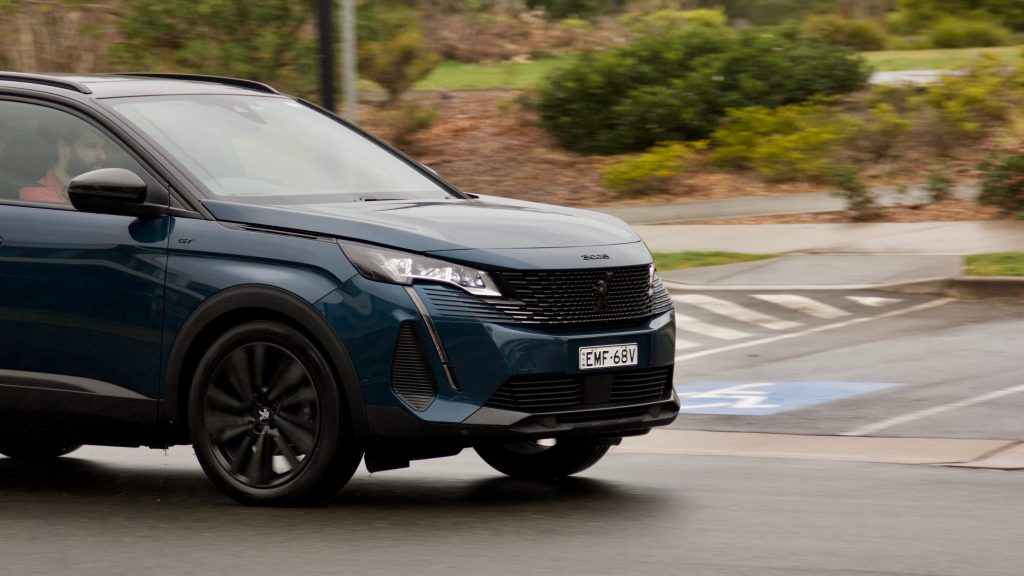
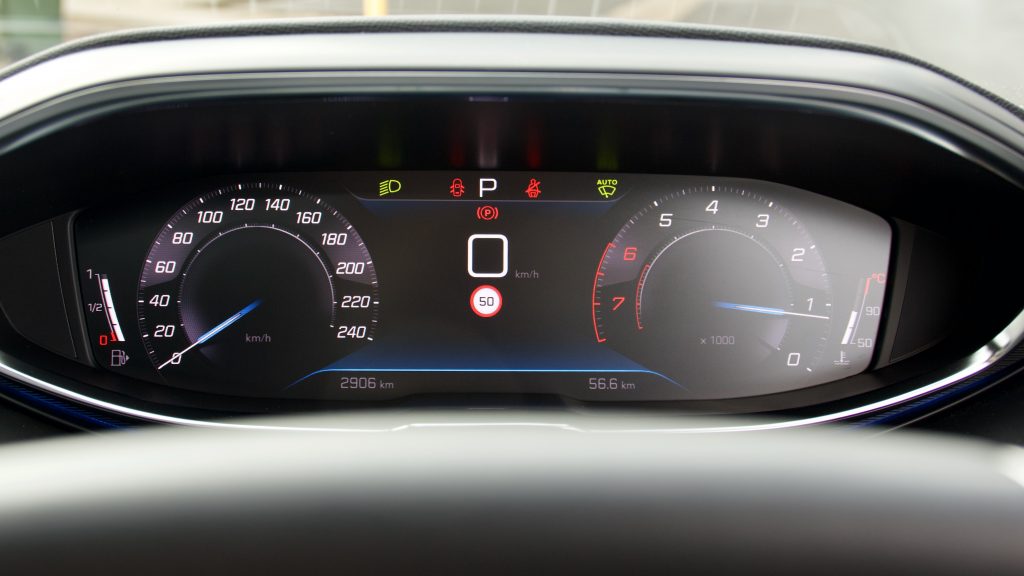
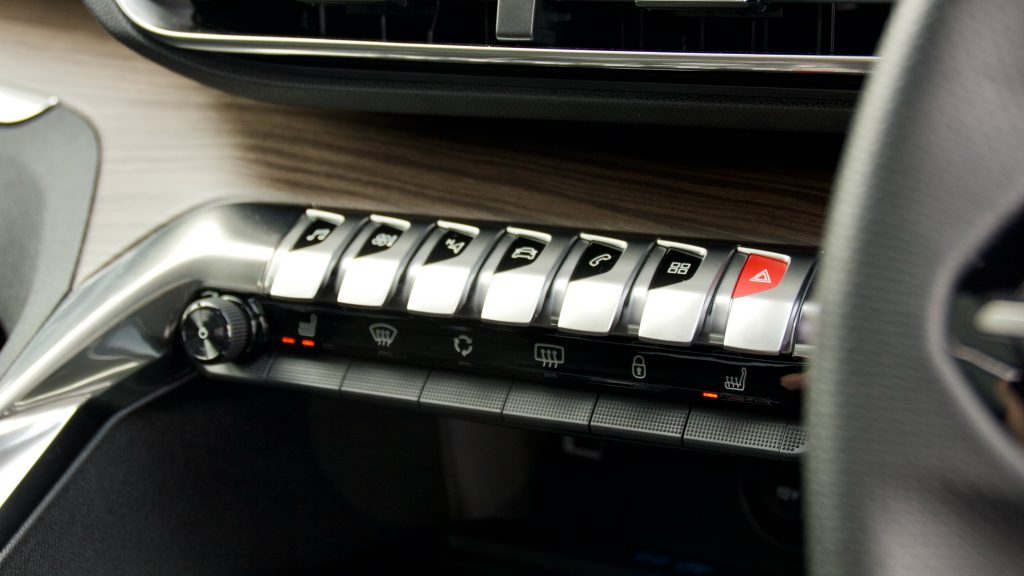
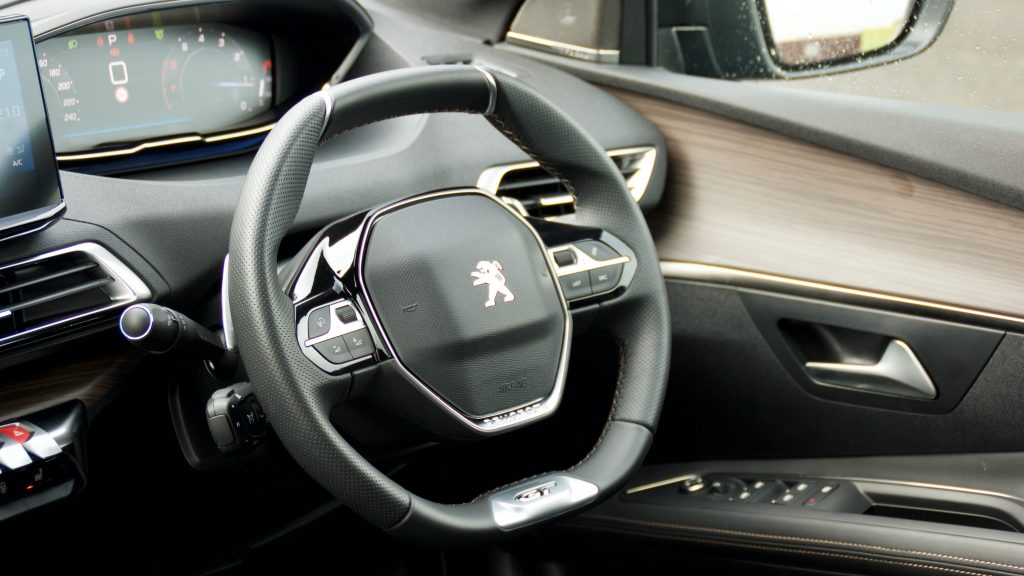
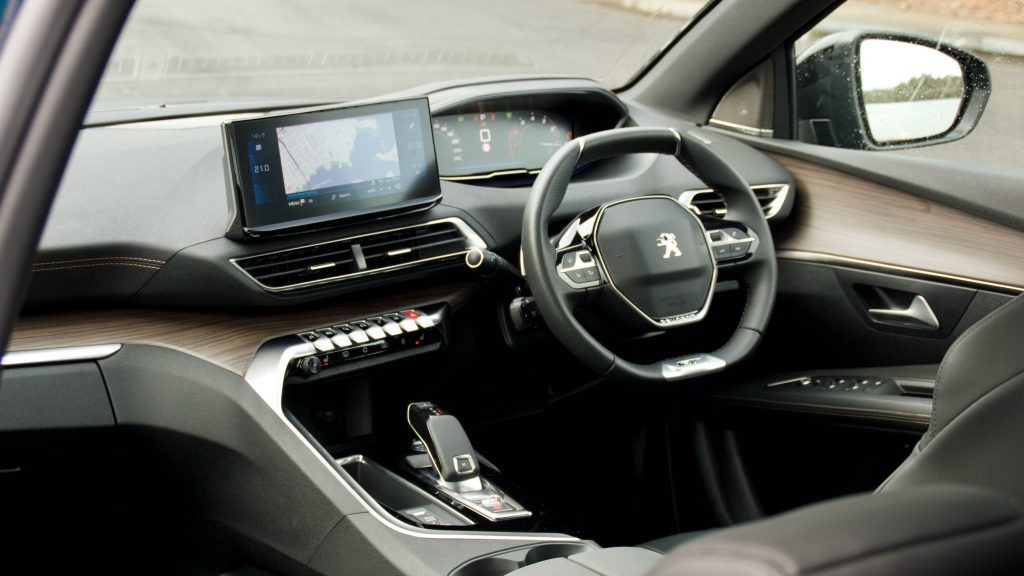
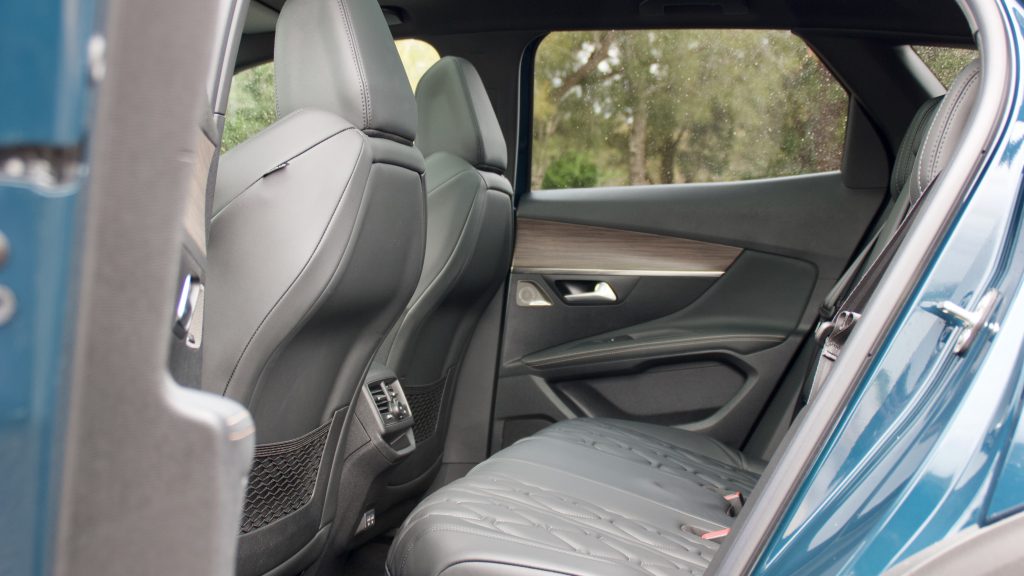
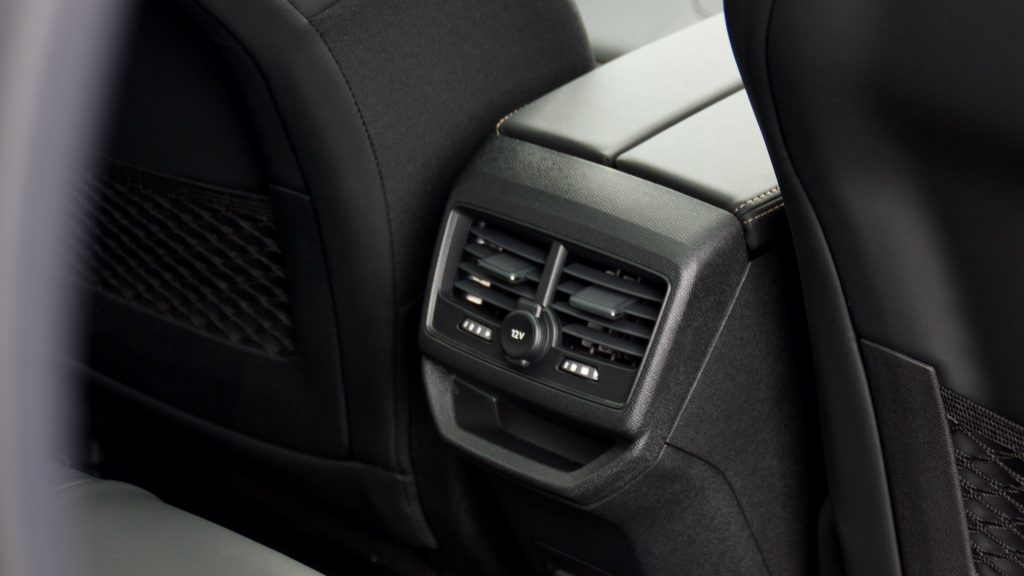
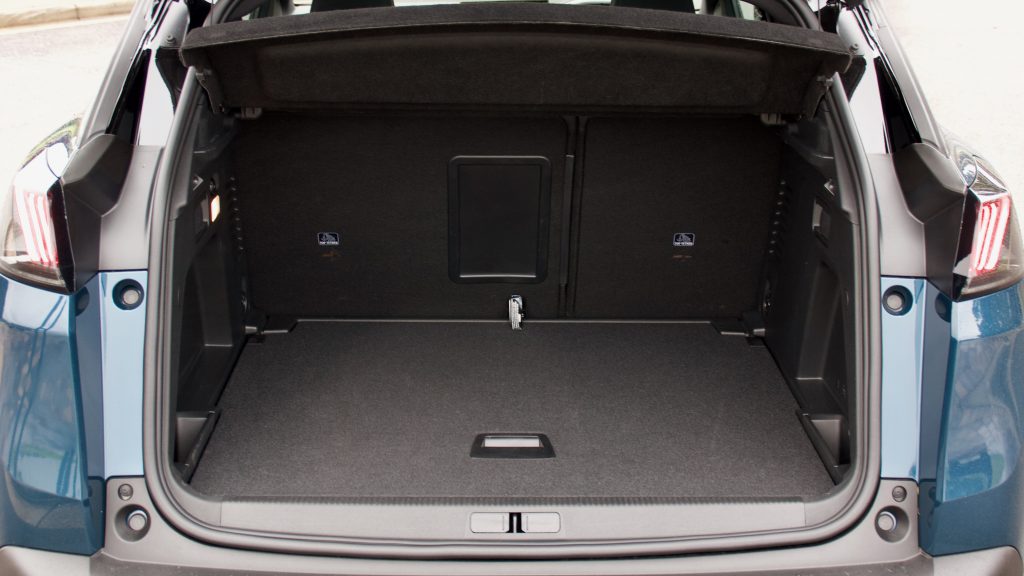
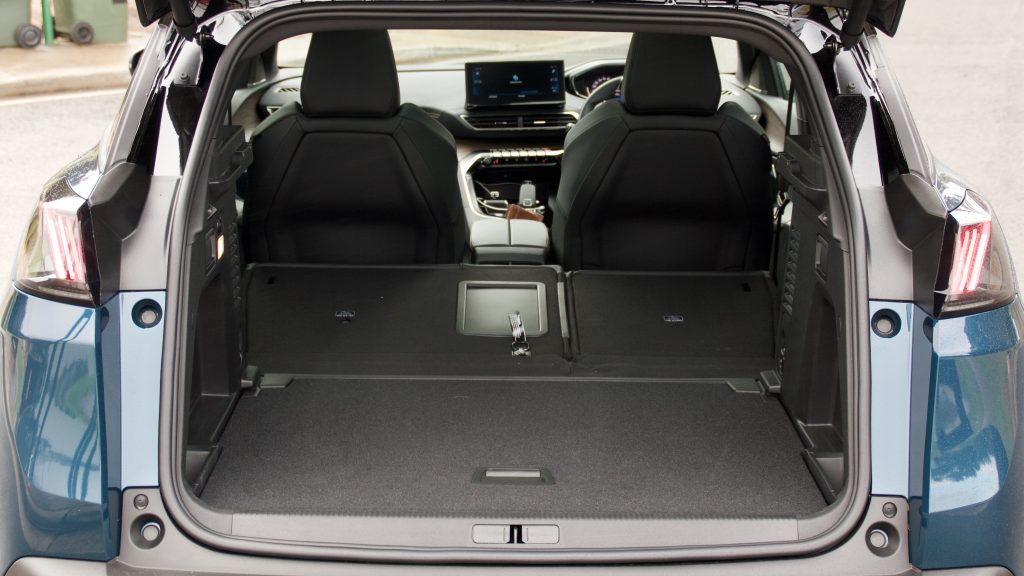
Leave a Reply